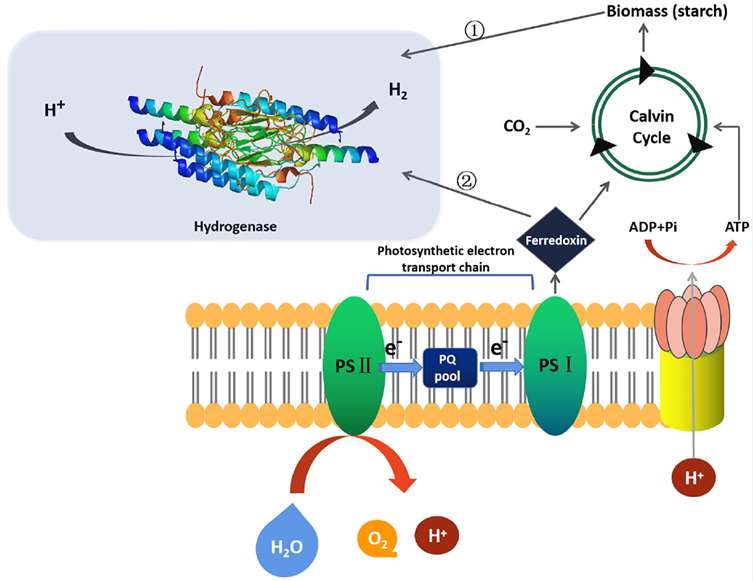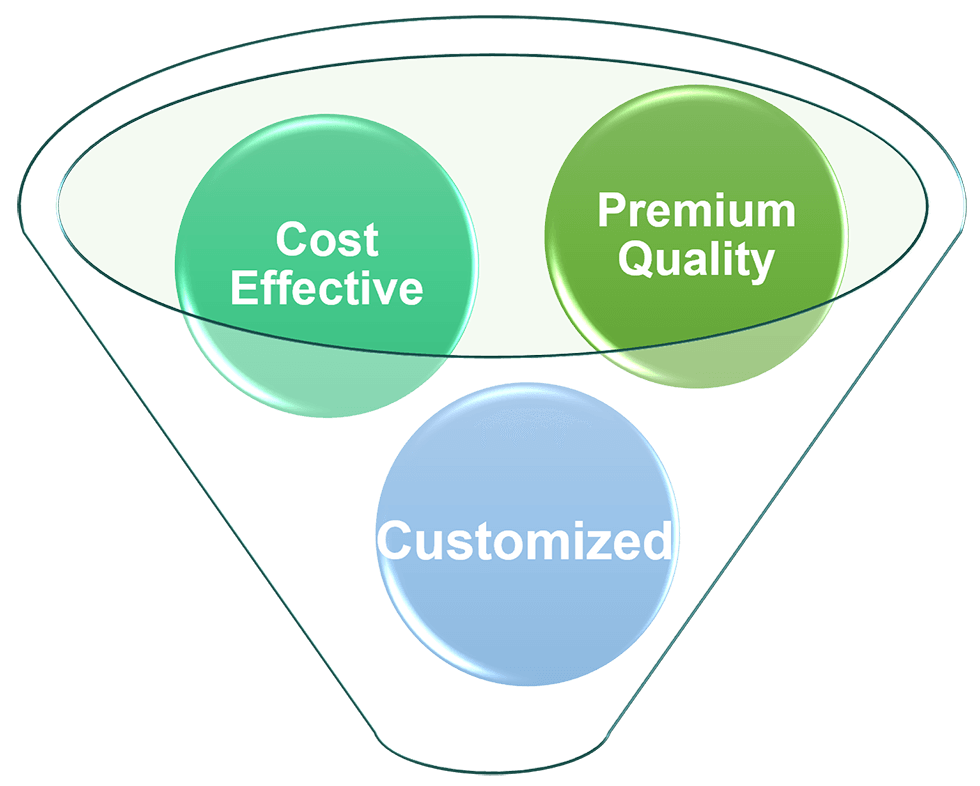Biohydrogen Production Service from Algae
Hydrogen is a clean, efficient, and cheap new energy source. Microalgae are currently recognized as a bioenergy source for biomass production and are used for biohydrogen production.
As a pioneer in biological hydrogen production, Lifeasible has the professional equipment and a research team that can provide quality in the process of making hydrogen from algae.
Introduction to Microalgae Biohydrogen Production
Microalgae biohydrogen production technology mainly includes three approaches.
Nutrient deprivation hydrogen production pathway
Photosynthetic system (PSII) dependence hydrogen production pathway
Anaerobic biological hydrogen production pathway in dark fermentation
In the hydrogen production pathway of nutrient deprivation, the most efficient way of biohydrogen production is found to be sulfur deficiency compared to nitrogen, phosphorus, and magnesium deprivation.
 Fig.1 Microalgae biohydrogen production in different routes. (Wang, K., et al., 2021, Frontiers in Energy Research)
Fig.1 Microalgae biohydrogen production in different routes. (Wang, K., et al., 2021, Frontiers in Energy Research)
Enzymes in Biological Hydrogen Production from Algae
Three types of hydrogenase are involved in microalgae including hydrogenase, reversible hydrogenase, and nitrogenase. Hydrogenase contains [FeFe]-hydrogenase and [NiFe]-hydrogenase, the biohydrogen production efficiency of which is higher than that of nitrogenase. [FeFe]-hydrogenases are mainly found in green algae species like Chlorella, Chlamydomonas, and Scenedesmus obliquus.
Engineered Algae for Increasing Hydrogen Production
The utilization of genetic engineering has improved the biological hydrogen production of microalgae. Researchers hope to modify hydrogenases by random mutations or design novel and more oxygen-tolerant hydrogenases.
 Knock-in Engineering
Knock-in Engineering
Pyruvate oxidase in E. coli catalyzes the oxidative decarboxylation of pyruvate, a process that consumes oxygen. Consequently, the pyruvate oxidase and catalase genes of E. coli are integrated into the chloroplast genome of Chlamydomonas reinhardtii, which increased the biohydrogen production of the new transgenic algal strain by a factor of two.
 Knock-out Engineering
Knock-out Engineering
Because oxygen can inhibit the expression of hydrogenase genes (HydA) and hydrogenase activity, the release of oxygen and the expression of HydA in the PSII system are inhibited by suppressing the expression of the PsbO gene, which is involved in the oxygen evolution of the PSII system. A nine-fold increase in the biological hydrogen production rate of the mutant was achieved by knocking out the PsbO gene.
Other Ways to Increase Hydrogen Production
Other methods to improve the efficiency of bio-hydrogen production include microalgae-bacteria coupling biohydrogen production, the addition of sodium bisulfite (NaHSO3), mixed nutrient culture with sodium acetate as the carbon source, and anchoring microalgal cells to optimize light utilization.
In addition, it is demonstrated that the rate of biohydrogen production is related to the size of microalgal cells. The smaller the cell size, the higher the rate of biohydrogen production.
Our Services
With many years of experience in algae research, Lifeasible is capable to provide a quality biohydrogen production service from algae by algae engineering and specific algal culture conditions adjustment according to your demand.
- Engineered algae for hydrogen production – Modify and design hydrogenases of algae to improve biohydrogen production.
- Microalgae-bacteria coupling biohydrogen production - Accelerating the algae to an anaerobic metabolic stage by co-cultured bacteria.
- Altering the algae culture environment to produce hydrogen - Promotion of hydrogen production through nutrient deprivation or the addition of chemicals that reduce photosynthesis.

Why Choose Us
Lifeasible has top-notched devices, experienced teams, and extensive experience to support our biohydrogen production services from algae. Please contact us for more information.
Reference
- Wang, K., Khoo, K. S., Chew, K. W., Selvarajoo, A., Chen, W. H., Chang, J. S., & Show, P. L. (2021). Microalgae: the future supply house of biohydrogen and biogas. Frontiers in Energy Research, 9, 660399.
Our services are for research use only and not for any clinical use.